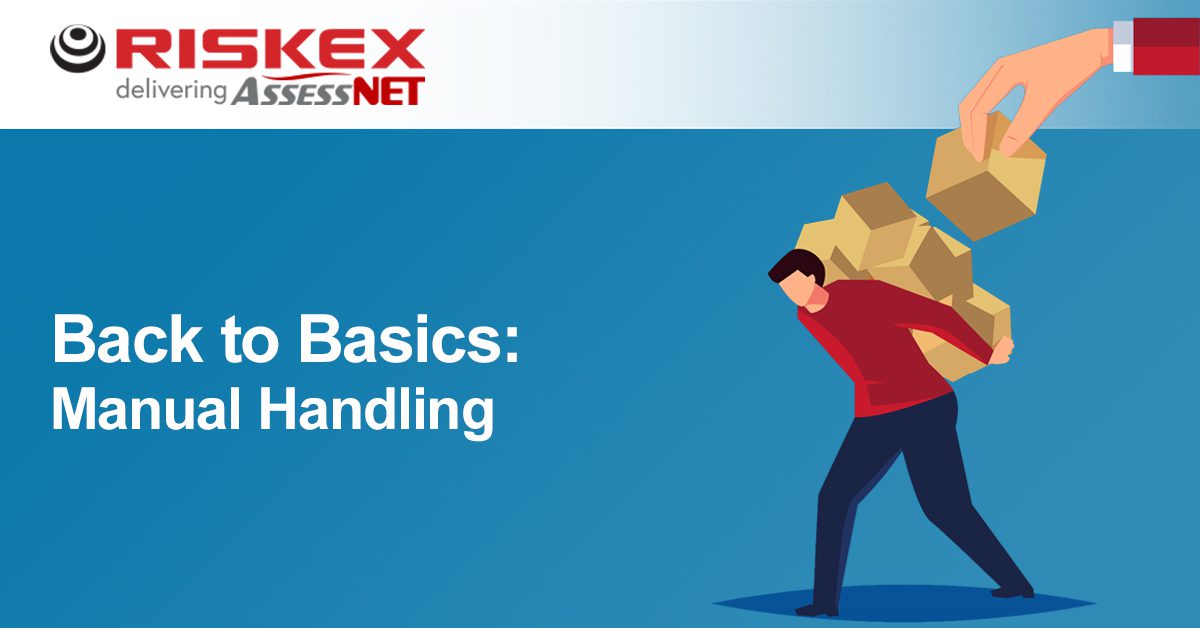
The Manual Handling Operations Regulations 1992, require employers to avoid, assess and reduce the risk of injury from manual handling. These laws apply to any work which involves lifting, lowering, pushing, pulling or carrying. At high level, these regulations state employers should:
- Avoid hazardous manual handling operations, ‘so far as reasonably practicable’.
- Assess the risk of injury to workers from any hazardous manual handling that cannot be avoided.
- Reduce the risk of injury to workers from hazardous manual handling to as low as reasonably practicable.
Workers have duties too. They should:
- Follow systems of work in place for their health and safety.
- Use properly any equipment provided for their health and safety.
- Cooperate with you on health and safety matters.
- Inform you if things change or they identify hazardous handling activities.
- Take care to make sure their activities do not put others at risk.
If you operate in a sector where manual handling activities are commonplace, you should create a Risk Assessment for each of these operations, and ensure anyone involved is adequately trained to perform the operation. When assessing the risks of an operation, it is important to break up an activity into multiple steps and assess the risk of each step;
- The task.
- The load.
- The working environment.
- Individual capacity.
- Any materials handling equipment or handling aids used.
- How you organise and allocate work.
- The pace, frequency and duration of the work.
It is also important you make sure you take account of the individual requirements of workers who may be especially at risk, for example:
- New or expectant mothers.
- People with disabilities, which may make it more difficult to do a particular task.
- Those returning to work after a recent manual handling injury, who may be on a phased return to work.
- Inexperienced new, young or temporary workers.
- Older workers.
- Contractors, homeworkers or lone workers.
- Migrant workers whom English is not their first language.
Good handling techniques for lifting
There are some simple things to do before and during the lift/carry:
- Remove obstructions from the route.
- For a long lift, plan to rest the load midway on a table or bench to change grip.
- Keep the load close to the waist. The load should be kept close to the body for as long as possible while lifting.
- Keep the heaviest side of the load next to the body.
- Adopt a stable position and make sure your feet are apart, with one leg slightly forward to maintain balance.
As for the lift itself, you should:
- Think before lifting/handling. Plan the lift. Can handling aids be used? Where is the load going to be placed? Will help be needed with the load? Remove obstructions such as discarded wrapping materials. For a long lift, consider resting the load midway on a table or bench to change grip.
- Adopt a stable position. The feet should be apart with one leg slightly forward to maintain balance (alongside the load, if it is on the ground). Be prepared to move your feet during the lift to maintain your stability. Avoid tight clothing or unsuitable footwear, which may make this difficult.
- Get a good hold. Where possible, the load should be hugged as close as possible to the body. This may be better than gripping it tightly with hands only.
- Start in a good posture. At the start of the lift, slight bending of the back, hips and knees is preferable to fully flexing the back (stooping) or fully flexing the hips and knees (squatting).
- Don’t flex the back any further while lifting. This can happen if the legs begin to straighten before starting to raise the load.
- Keep the load close to the waist. Keep the load close to the body for as long as possible while lifting. Keep the heaviest side of the load next to the body. If a close approach to the load is not possible, try to slide it towards the body before attempting to lift it.
- Avoid twisting the back or leaning sideways, especially while the back is bent. Shoulders should be kept level and facing in the same direction as the hips. Turning by moving the feet is better than twisting and lifting at the same time.
- Keep the head up when handling. Look ahead, not down at the load, once it has been held securely.
- Move smoothly. The load should not be jerked or snatched as this can make it harder to keep control and can increase the risk of injury.
- Don’t lift or handle more than can be easily managed. There is a difference between what people can lift and what they can safely lift. If in doubt, seek advice or get help.
- Put down, then adjust. If precise positioning of the load is necessary, put it down first, then slide it into the desired position.
The HSE website is a useful source of advice and guidance regarding Manual Handling, for more information visit the following links:
Are your Manual Handling Risk Assessments up-to-date?
Do you have visibility of outstanding or overdue assessments?
Do your employees have easy access to up-to-date risk assessments?
Find out how AssessNET can help you maintain compliance and ensure that your employees understand the workplace risks in relation to lifting and carrying activities, and how to avoid injury.
Latest News
Riskex Limited
BizSpace
Linford Forum
18 Rockingham Drive
Milton Keynes
Buckinghamshire
MK14 6LY
What3words reference:
Contact us
Make an enquiry:
Company No. 05174302
VAT No. 844 5092 22


